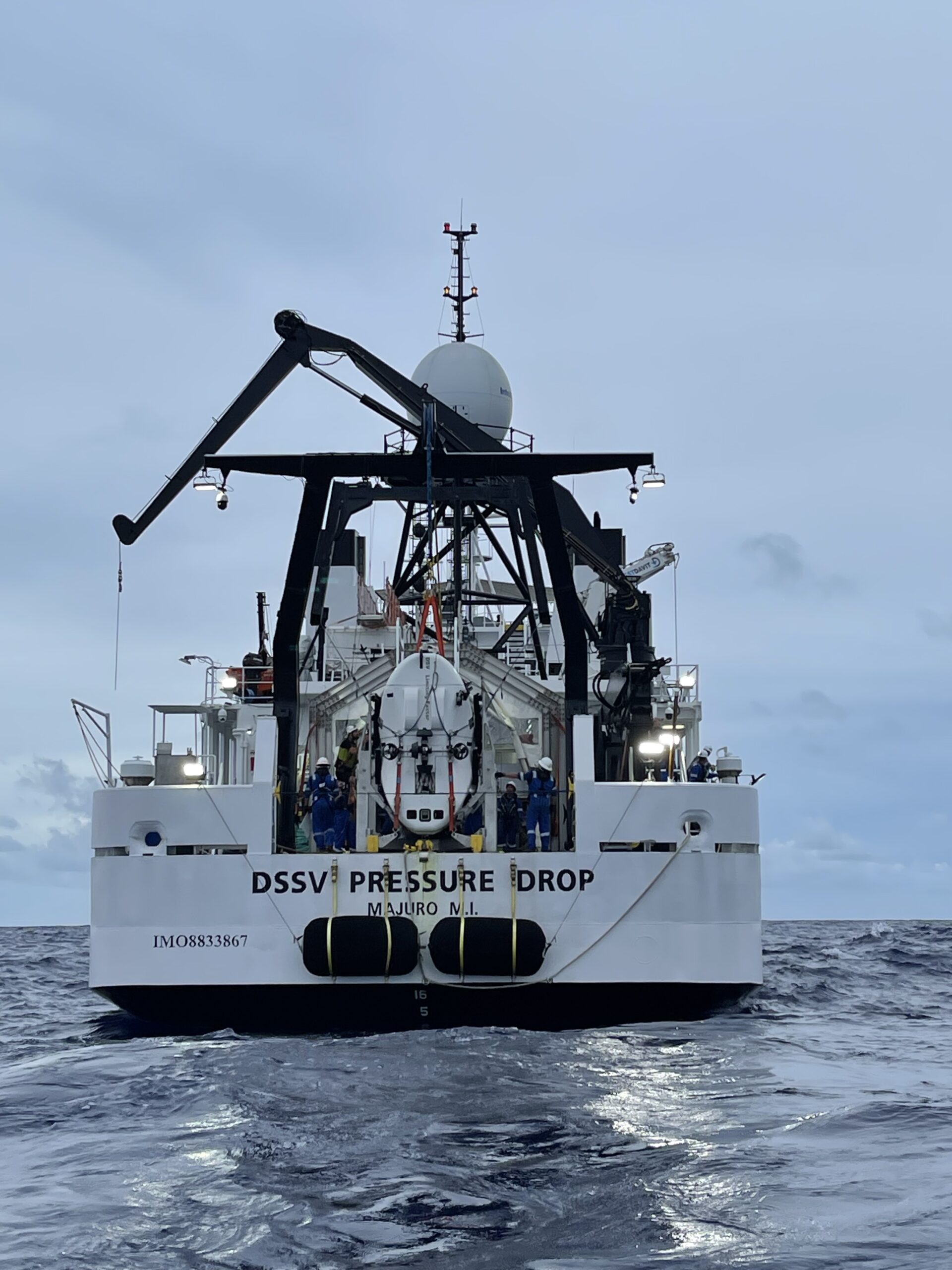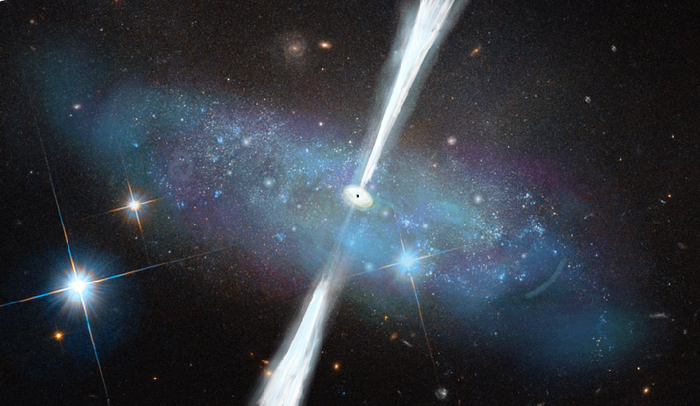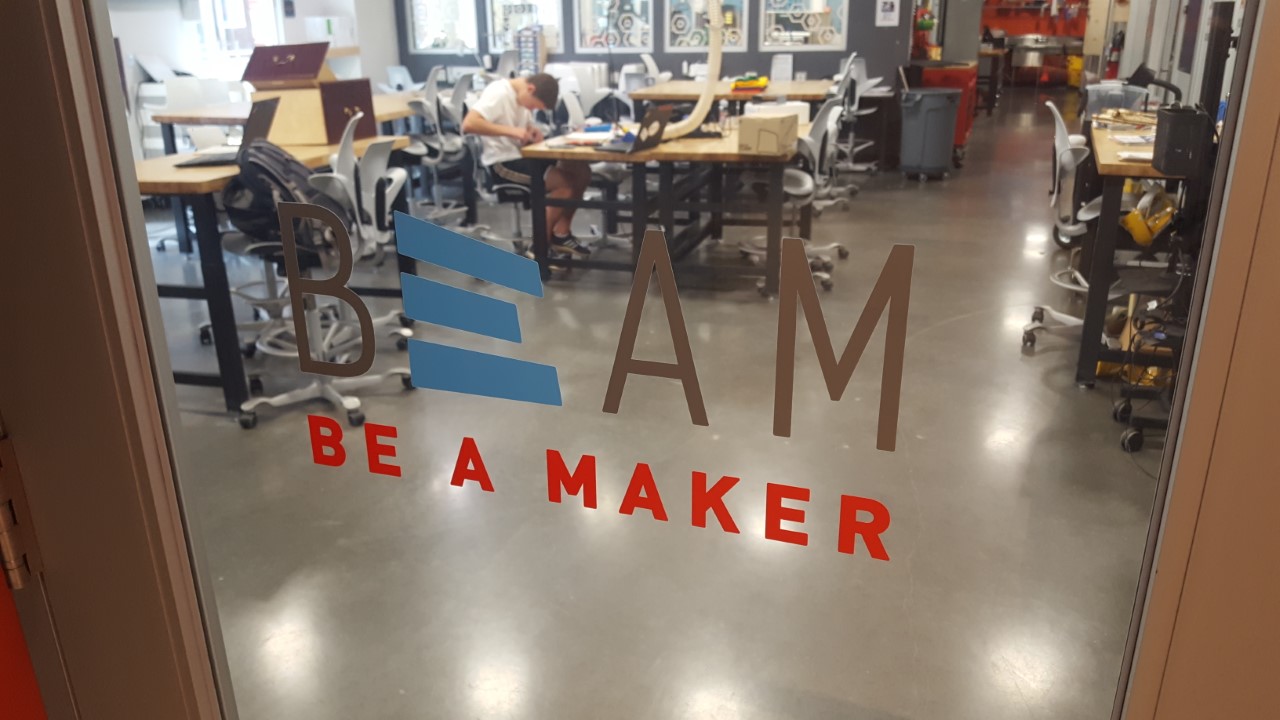
Chapel Hill Media Group (97.9 The Hill WCHL and Chapelboro.com) co-owner, Jim Kitchen, a UNC professor and Chapel Hill entrepreneur, has made national headlines by traveling to all 193 countries in the world. Earlier this year, he went up to space with Jeff Bezos’ Blue Origin program. And most recently, he went in exactly the opposite direction, going to the very deepest part of the ocean, the Mariana Trench out in the Pacific, also a milestone. This is a transcript of his discussion. Listen to the full interview here.
Aaron Keck: Before we start talking about the actual experience, I have a logistical question because I’ve always heard it as the Mariana’s Trench with an “S,” and now it’s Mariana. What happened there?
Jim Kitchen: You know, it’s either. There is no wrong way to pronounce it. I was saying Mariana’s Trench and then I was corrected to Mariana Trench, and then somebody else said “no it’s either-or.” So, you’re good. You’re good with whatever.
Keck: So what sparked your interest in going there?
Kitchen: I think what’s fascinating about the Mariana Trench — and about deep ocean in general — is that if you think about it, the world is 70% ocean and land is 30%. And most of the ocean, 70% of the world’s ocean is under 10,000 feet. Yet very few people have explored deep, deep to the bottom of the ocean. And I just wanted a part of that. We’ve explored our world, but very few have been down to the depths. I just wanted a piece of that. The thing that precipitated this expedition was the owner of this titanium submarine that makes a trip down to the very bottom seven miles deep to the bottom is selling not only the ship that carries the submarine, but also the submersible. And so this will be one of the last times for the foreseeable future, maybe for the next decade or two, that a human can go down and explore, or a citizen, an ordinary person like me can go down to those depths. And to give you some perspective, that seven miles is seven times deeper than the Grand Canyon. So it’s really far down.
Keck: How did it come to be you?
Kitchen: I have been staying in touch with this company for the last three years and during COVID, I didn’t think it was the right time to go down. And then they alerted me that this thing was being sold. And I was like all right, I want in. I made it happen and just got back, so glad to have pushed that boundary, and tell everyone about it.

Photo via Jim Kitchen
Keck: What was the experience like? It’s a long time, the descent, right?
Kitchen: It’s four hours from the top of the ocean, where it was a balmy 85 degrees and humid. About 210 miles outside of Guam and a very rocky Pacific Ocean. And then you go down. At about a thousand feet below sea level, you go from this light royal blue, beautiful ocean to completely black. Then it gets cold and down at the very depth there is of course, no sunlight. There’s no oxygen. It’s 33 degrees. So, it’s just above freezing. And then, there’s this crushing pressure. The equivalent of 300 fully laden 747’s on top of this titanium sphere. So, when my pilot is checking the seams of these two titanium spheres for leaks, I’m like “come on baby, Is she good? Everything’s good. Right?” He’s like, “yeah, yeah, nothing to worry about.” But just crushing pressure. And what’s amazing is despite those conditions of no oxygen, no sunlight and crushing pressure, there are some highly evolved animal species that still not only just survive, but thrive down there.
Keck: What did you see that stood out?
Kitchen: There were these things called amphipods, and they’re highly evolved shrimp. Very little animal inside, very strong sort of exoskeleton that they use aluminum hydroxide to build these massive shells around them to help withstand the pressure. They have no eyes because there’s no sunlight. They can’t see down there. They’re all over and they’re very specific to that part of the Mariana Trench. But the most fascinating things were these things called bacterial mats, like a door mat, bacterial mat. And there are these bacterial formations that are not photosynthetic because no oxygen or sunlight, but they’re chemosynthetic. And they thrive at the bottom there as well. And what was so cool about that whole experience was it was like being in a Lunar Rover or a Mars Rover, looking at these things, seeing them out of these little portal windows. If life exists on other celestial moons or planets, it’s likely that these bacterial formations would exist on say Jupiter’s moons or other places. So it was just insane to be seeing these things out the window. It’s just one of those “pinch me” moments.
Keck: Speaking with Jim Kitchen, just back from the Mariana trench. The deepest part of the ocean out in the Pacific. Now you knew people have been down there before. We have a pretty good sense of what is down there to see. So, you had to have known a lot of what you were going to see. What was the most surprising thing?
Kitchen: What’s fascinating about this, there have been people that have been down there, but I was told that they weren’t counting the Chinese because the Chinese had…there were three people that supposedly went down, but had they made it down to the full depth of 10,935 meters that they would’ve proclaimed that. So, I was told that I was the 20th person down there. It doesn’t matter. That wasn’t important to me being the 20th person. What was cool was just seeing these life forms, these strange life forms, that I told you about. But here’s what was really cool. The pilot that I had who had done multiple missions down to the ocean’s depths, looked at me and was like, “what is that?” And he pointed out the window and it looked like a chicken bone with all of these other little things around it. I’m like, “it looks like a bone.” He’s like “maybe it’s a worm.” And we conferred with the scientist and she’s like, “I don’t know… we don’t know what that was.” There were fascinating life forms down there, especially these bacterial formations, which again have such great implications for space and, exploration of our solar system.
Keck: That’s awesome. That’s also really awesome to know. I know it’s not like a big milestone for you, but to be the 20th person down there. You think about just the sheer number of people who have been in space this year and are currently in space now, like this is an even more rare thing.
Kitchen: Yeah. There’s been 24 people that have been on the moon and whether it’s 23 or 22, I don’t really care about that number. It was just such an honor to be down there and to be able to see it. It’s one thing to see it in photos, but another thing to experience it in. As a professor, I love being able to teach my students to explore new things, to push through boundaries and that anything is possible. So just a great deal of fun. I’m very humbled by that experience. I don’t take it lightly. I will say it was on par with going to space because you hear about the overview effect of going to space. I feel like it’s the under-view effect of going to the bottom of the ocean. And I loved every second of it. It was 11 hours, and I treasured every second of that experience.
Keck: Did you feel the temperature change, or the pressure change at all?
Kitchen: No. We had a very confined sort of environment where it was pressurized. So, we could not feel that crushing pressure. Interestingly, just on a whim I was hoping that I would be able to do this. I had a bag of items that I could bring with me outside of the submarine. So I got some advice from an oceanographer in Wrightsville Beach, who said, “why don’t you try a couple of different Styrofoam items?” And one of those things that I bought at Michael’s was a wig head that started out as a woman’s head. A full-size woman’s head, like, you know, mine or your head. And then I had somebody on the ship paint her face with Sharpies and it crushed down to the size of my fist. So just an example of how that intense pressure took it from full head size to maybe five times smaller. So, it was really a special experience.

Photo via Jim Kitchen
Keck: Speaking with Jim Kitchen back from the Mariana Trench. So, you’ve been to all 193 countries. You’ve been to space. You’ve been to the deepest part of the ocean. What’s next. What’s the next thing on your list?
Kitchen: I don’t know. You got any ideas for me?
Keck: Maybe (the readers) could come up with some. I’m searching, I’m thinking. We were brainstorming… I assume you’ve hit all 50 states at this point.
Kitchen: Oh yeah. I did that when I was like 12.
Keck: All right. All the Canadian provinces, Ava Pukatch mentioned the seven wonders of the world. Have you done that?
Kitchen: I’m not sure, but I need something. Yeah. I need something. I’m open to ideas. Maybe (readers) can help. The South Pole, maybe?
Keck: I thought about the South Pole. Mount Everest also, but that takes some extra training, I think.
Kitchen: Yeah, my wife and I had a conversation about Everest. I think we both concluded that’s going to be a no for now. I’m open to ideas. So, I’d love some input.
Keck: As we wrap up this conversation, what are some final takeaways from the most recent trip?
Kitchen: Well, first of all, I’m very humbled about the whole thing. It’s just an encouragement to everyone to keep pushing through boundaries and keep exploring and travel. Make your world bigger. So get out there.
Chapelboro.com does not charge subscription fees, and you can directly support our efforts in local journalism here. Want more of what you see on Chapelboro? Let us bring free local news and community information to you by signing up for our biweekly newsletter.











